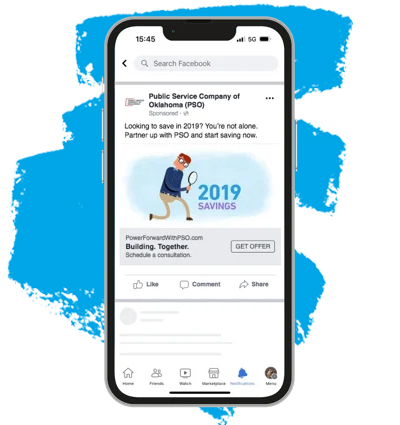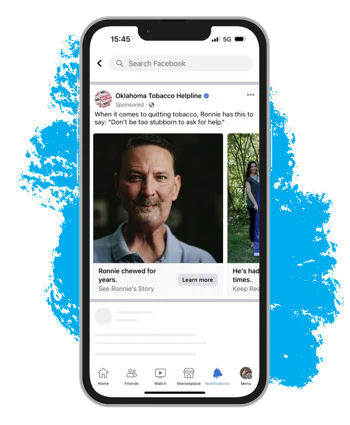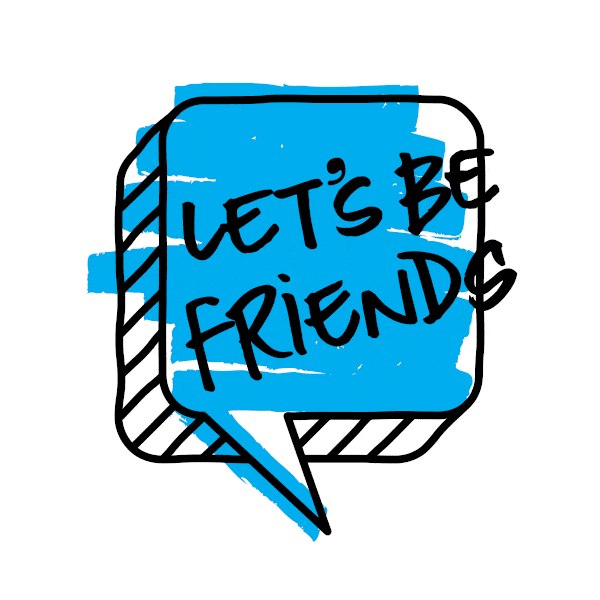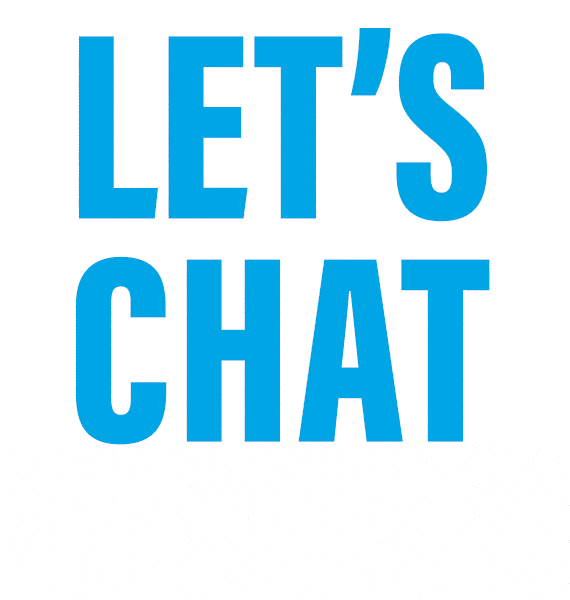With over 30 years of experience in behavior change marketing, VI is one of the country’s most experienced agencies in the industry. But what exactly is behavior change marketing?
Behavior change marketing is all around you, engrained in your everyday life. Picture your daily routine. Do you brush your teeth for exactly two minutes? Swap disposable water bottles for reusable ones? Fill half your plate with fruits and veggies? Say “no” to tobacco? Odds are, you’ve been affected by behavior change marketing.
Behavior change marketing, or social marketing, uses marketing principles and techniques to influence audiences to voluntarily accept, modify, abandon or reject a behavior. Sound intimidating? Don’t worry; it’s kind of our specialty. Let’s get into the weeds of how it’s done.
Start With Empathy
Behavior change marketing revolves around knowing your audience inside out. It’s about delving into their minds, routines, emotions and actions. How do they communicate? Who do they rely on? What are their barriers?
At the core of behavior change marketing is empathy — the capacity to step into another person’s shoes, share their experiences and answer their questions. (Note: this is separate from sympathy. Your “customers” are looking for support, not pity.) In the realm of behavior change marketing, empathy is your superpower.
Stepping Outside the Comfort Zone
Before you can change anyone’s mind or behaviors, you need to know what you’re trying to accomplish. There are four possible directions we can guide our audiences toward.
Ideally, our messaging encourages them to do one of the following:

Accept a new behavior. This requires audiences to forge a new step into their day-to-day life. An effective way to encourage this acceptance is by educating audiences on the benefits of their potential new reality. For example, we may convince a local business owner to become more energy-conscious by sharing information about the ways their business can save money and qualify for rebates by adopting energy-saving practices.

Abandon an old behavior. Exposing the costs of sticking with an old behavior is an effective way to encourage your audience to abandon it. Ask the audience, “What will you save when you quit?” The Oklahoma Tobacco Helpline has found success by sharing the stories of those who didn’t quit soon enough. These powerful examples can share the costs of the behavior so that our audience can abandon the behavior before paying that cost themselves.

Modify a current behavior. Acknowledging the difficulties of behavior change is important when encouraging your audience to modify current behaviors. Shape Your Future’s acknowledgment of the barriers to healthy change, such as time or money, helps readers see past those barriers and adopt healthier lifestyles.

Reject a potential behavior. Powerful reminders of the benefits of straying from a bad behavior, or the costs of maintaining or adopting a bad behavior, are great ways to lead your audience to reject a potential behavior. Take this example from the Oklahoma Highway Safety Office. To stunt the rising number of impaired driving incidents during the holiday weekend, messages were promoted to lake-goers showcasing the negative impacts of driving under the influence. These reminders encouraged Oklahomans to reject that behavior, resulting in significantly fewer incidents than the previous year.

What We’re Selling
At the ground level, behavior change marketing is not that different from traditional marketing. In traditional marketing, you sell a good (pastries, car parts, handmade soap, etc.) for a price. A good marketing firm will tell you to tout the benefits of your product. Your pastries are plant-based, your car parts are sturdy, your soap is hypoallergenic and so on. The benefits are how you make a sale.
Just like traditional marketing, the benefit of what we’re selling must outweigh the costs. And the currency of behavior change can be pricey. After all, we’re not asking for customers’ money. We’re asking them to be uncomfortable.
We find that the 4 Principles of Marketing are just as applicable in behavior change marketing as traditional marketing. Here’s how:
Product
In behavior change marketing, an altered behavior is the product. Some examples are getting physically active or wearing your seat belt. The core product can even be represented by the behavior’s resulting benefits. For the physical activity example, we’re offering our audiences the path to more energy, better sleep, lowered blood pressure and more.
Price
Price is often not monetary. Rather, it’s represented by the cost to our audience to implement the recommended behavior. If a brand is challenging its audience to conserve water, the price might be a quick shower or a slightly dryer lawn. Sometimes the price is still monetary. Your leaky faucet may cost you a couple bucks to fix. It’s on us as marketers to make sure the audience believes in the above benefits.
Place
This is where the behavior change might occur. If you want your audience to eat more veggies, the grocery store is a great place to advertise. Maybe you want to encourage your audience to quit smoking. Their local gas station may trigger their cravings — making it the perfect place to encourage smoking cessation.

The currency of behavior change can be pricey. After all, we’re not asking for customers’ money. We’re asking them to be uncomfortable.
Promotion
Promotion represents when and how the behavior change is marketed. It’s the tactics and messaging that gets our behavior change marketing out to the world, whether it be a 30-second broadcast television spot, a social media photo or a printed handout.
At VI, we like to add our own 5th P into the mix: Policy
Behavior change can often result in long term, widely accepted and even permanent change. For example, educating Oklahomans about the dangers of smoking in the car when children are present will hopefully result in a statewide law that bans this behavior. In that case, the behavior will be mandatory, and much more widely practiced.
Behavior change marketing is a powerful tool that requires a deep understanding of your audience and their needs. At VI, we specialize in leveraging marketing principles and tactics to create impactful behavior change campaigns that yield powerful results across our communities. So, when you’re ready to change the game, we’re ready to help!










